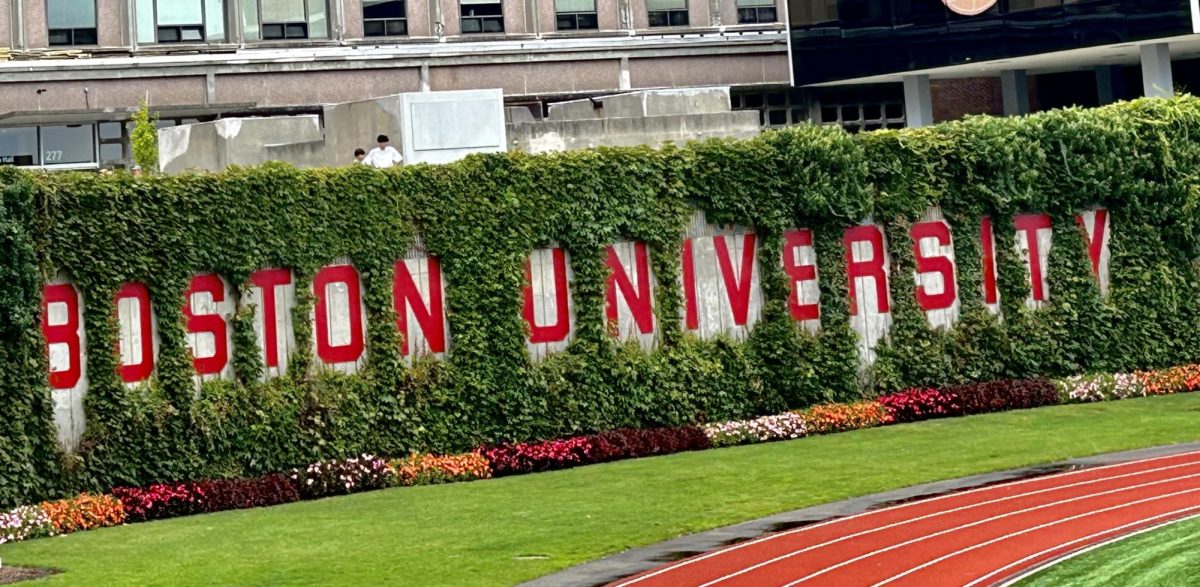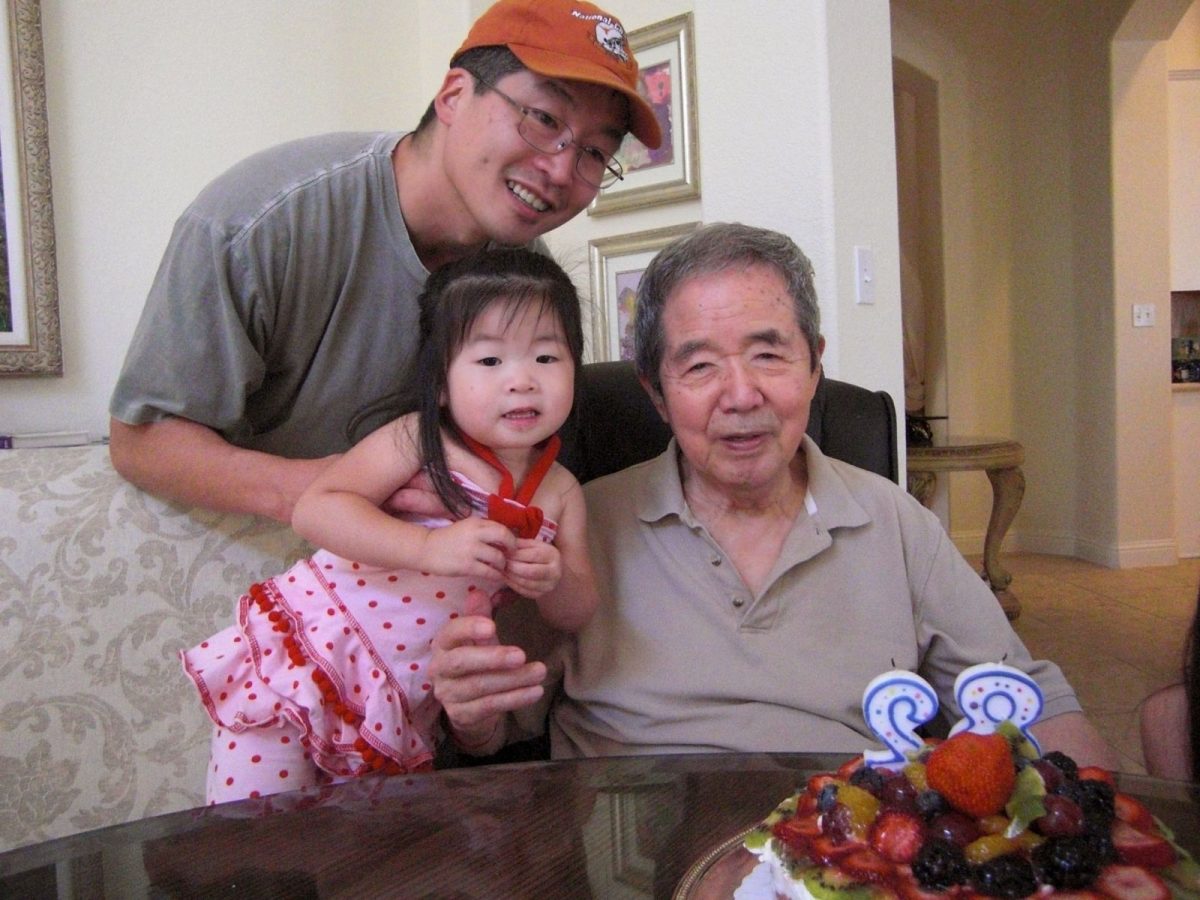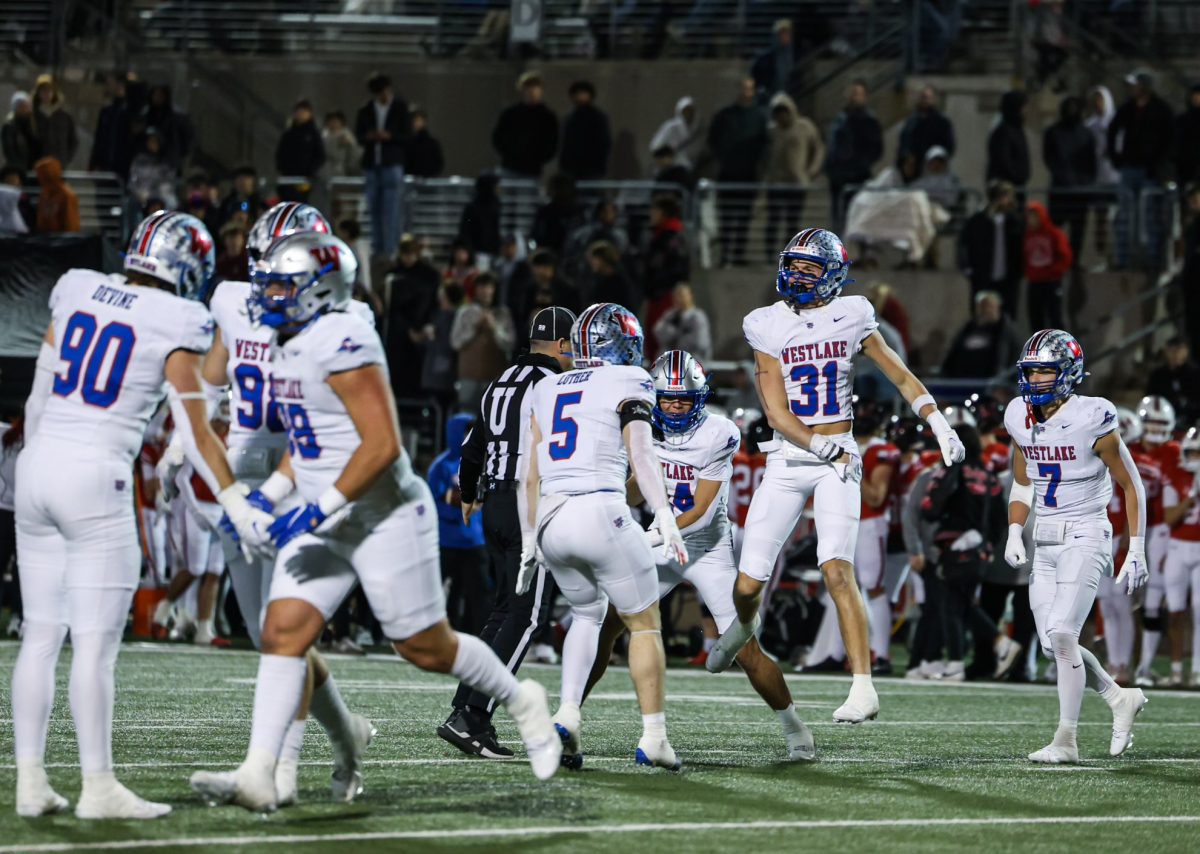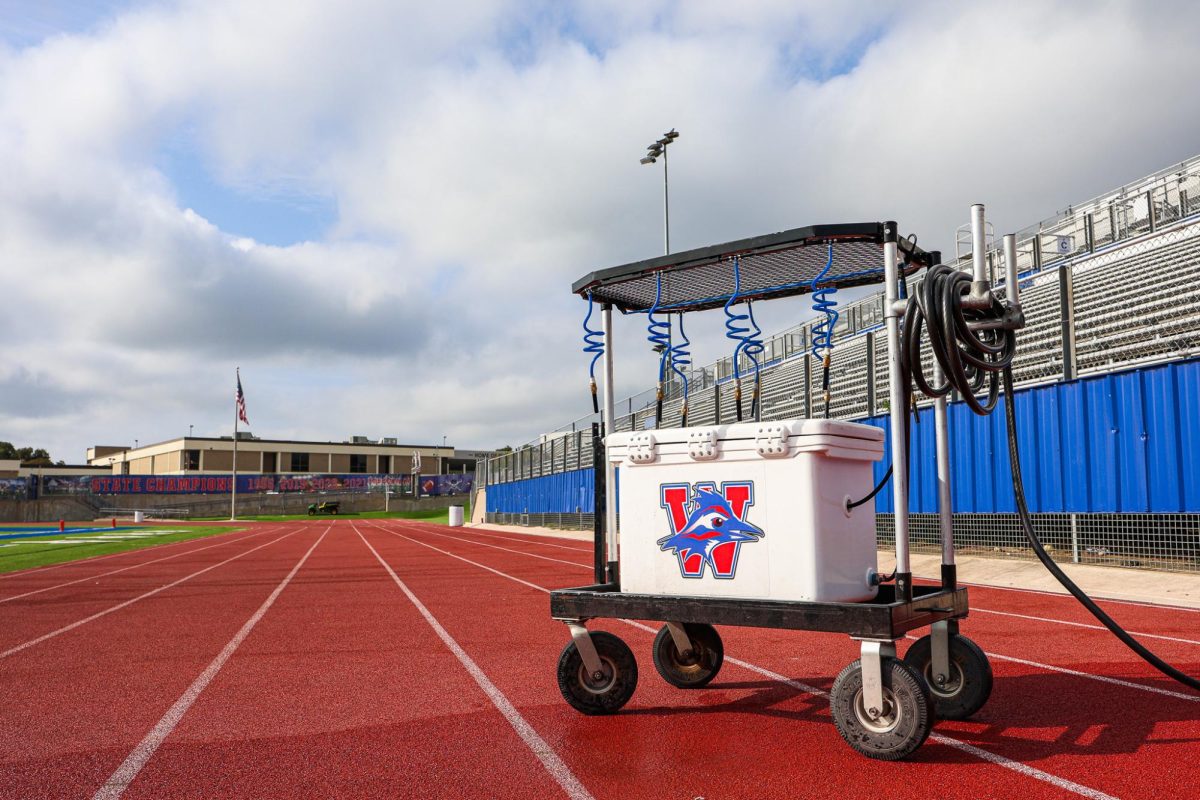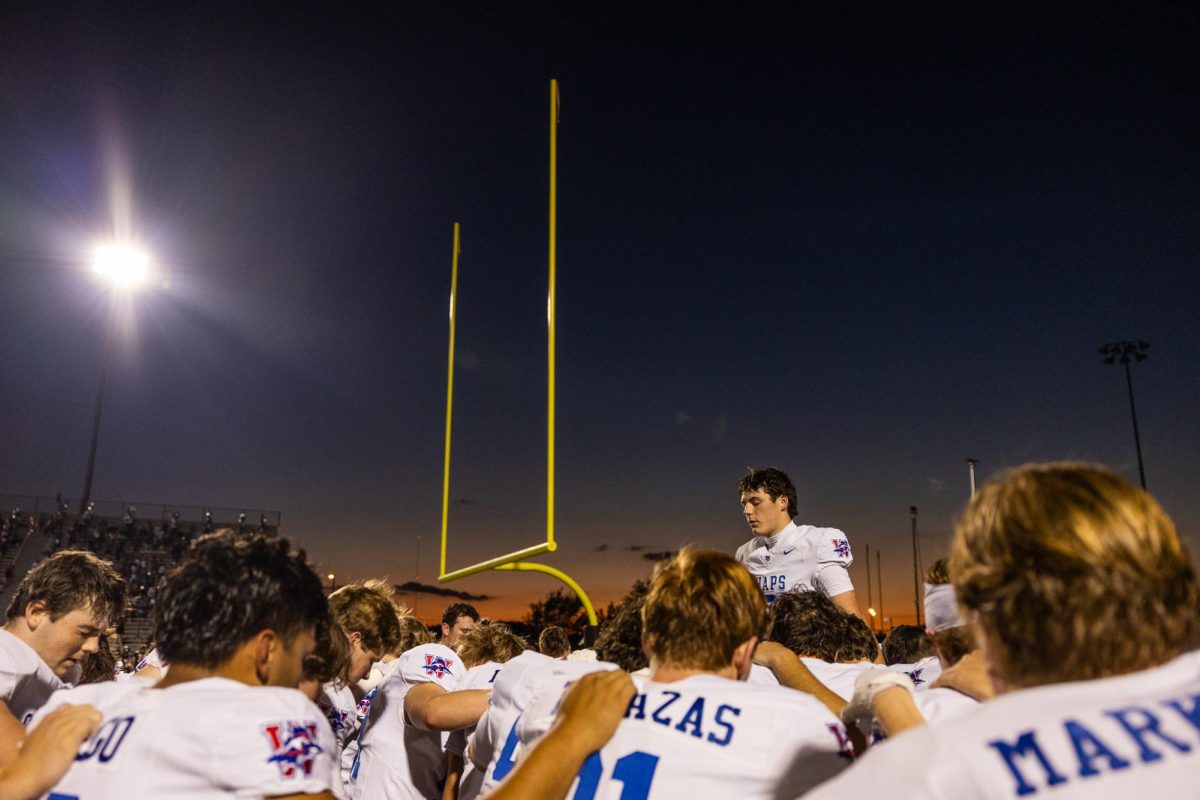With easy access to an online application, the Common Application and essentially no limit to the number of schools students can apply to, it is getting increasingly difficult to get accepted to colleges, even to someone’s “safety schools.”
As students are hearing back from college applications, there is a notable trend in many colleges and their acceptance rates. As students apply to more and more colleges, acceptance rates are dropping.
“Through the Common App key findings, March 1, 2025, 1,390,256 distinct first-year applicants had applied to 863 returning members, an increase of 4% from 1,333,019 in 2023–24.”
For example, applying to a “safety” school does not guarantee the individual getting into that school, even when students are over qualified according to school requirements, they aren’t guaranteed to get accepted. The process of the application system needs to change, so that future applicants can have a secure sense on which school they could be attending.
“In the fall 2025 admissions cycle, the University of Texas at Austin saw a record-breaking 90,562 freshman applications, a 24.3% increase from the previous year. This surge included a 48% increase in out-of-state applications, while in-state applications rose by 12%.”
Changing up the Common Application process could make the application process more fair. Different prompts for different schools or some sort of ranking system where schools could see what schools are prioritized by the applicant could aid with high application rates. This would make it easier for both the school and the applicant because schools would not have to look in depth at someone who would most likely not attend the school. If applicants were to reject or rank their safeties, it would give opportunities to other students who are more likely to attend a specific school. Additionally, this will lead to a decrease in the pool of applicants, making it easier for other qualified applicants actually wanting to go get accepted.
It still wouldn’t be a guarantee, but making the application less “accessible” would help relieve the hundreds of thousands of applicants to schools and make it convenient for the schools to look over less applicants.
Inflated numbers and the “unlimitedness” of the application process makes it harder for qualified students to get into schools that should be almost guaranteed to get in. Furthermore, tweaking the process could significantly help increase the acceptance rate of schools and lower the amount of applicants to each school.


